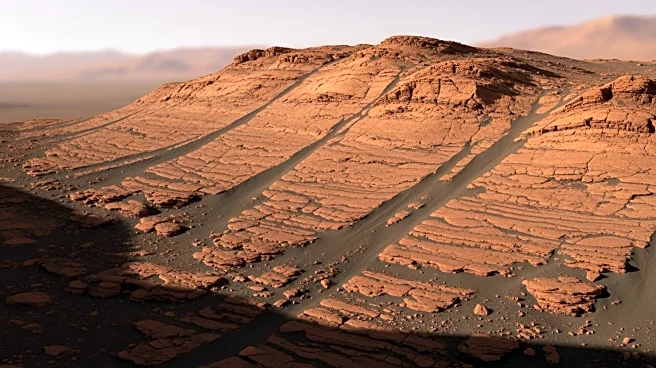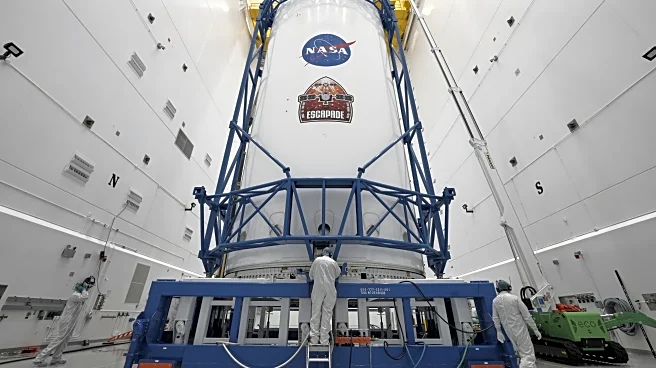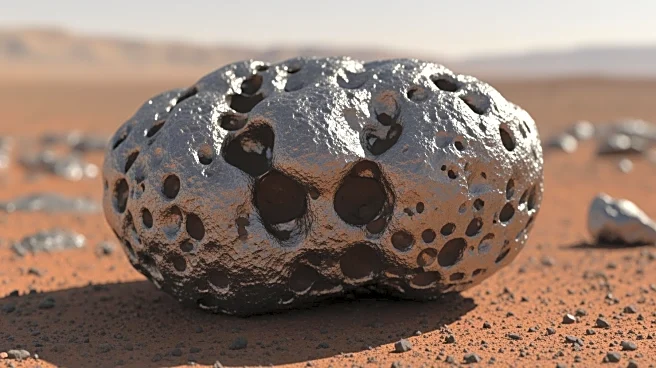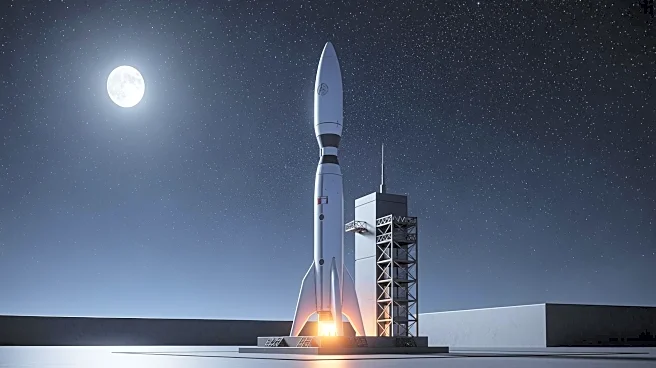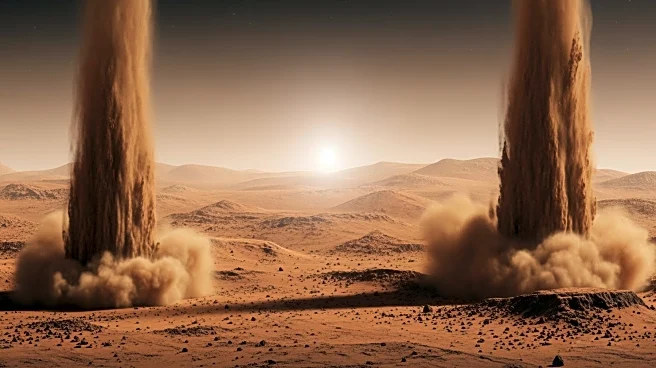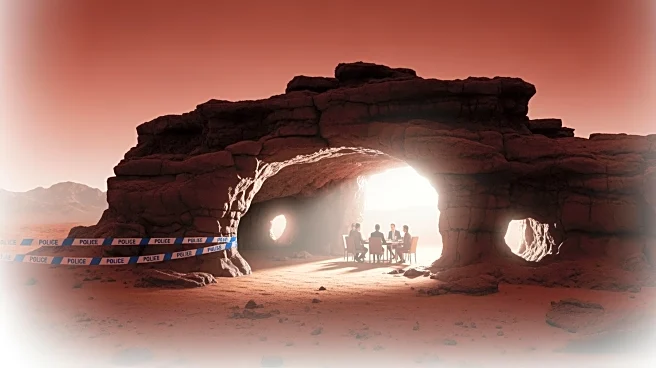What's Happening?
NASA's Curiosity rover is conducting ongoing analysis at the 'Valle de la Luna' site on Mars, following the completion of its 44th drilling operation. The rover is utilizing SAM and CheMin instruments
to examine the drilled samples, focusing on mineralogical and compositional data. The rover remains stationary to facilitate these analyses, which require significant power. Meanwhile, Curiosity is preparing to reposition for further exploration of potential drill targets on nearby ridges. The stationary period also allows for atmospheric studies, including wind action and environmental monitoring.
Why It's Important?
The analysis of the Valle de la Luna site is vital for understanding Mars' geological and atmospheric conditions. The data collected will contribute to the broader scientific goals of Mars exploration, including insights into the planet's climate history and potential habitability. The findings will inform future missions and support the development of strategies for human exploration. The stationary period provides an opportunity to gather detailed atmospheric data, enhancing knowledge of Martian weather patterns and environmental dynamics.
What's Next?
Curiosity will soon reposition to examine potential drill targets on the ridges surrounding the Valle de la Luna site. This move will enable the rover to gather additional geological data, comparing the hollow and ridge formations. The mission team will use images from the new position to make informed decisions about the next drilling location. Continued atmospheric monitoring will provide valuable data on seasonal changes and dust activity, contributing to long-term studies of Mars' climate.


